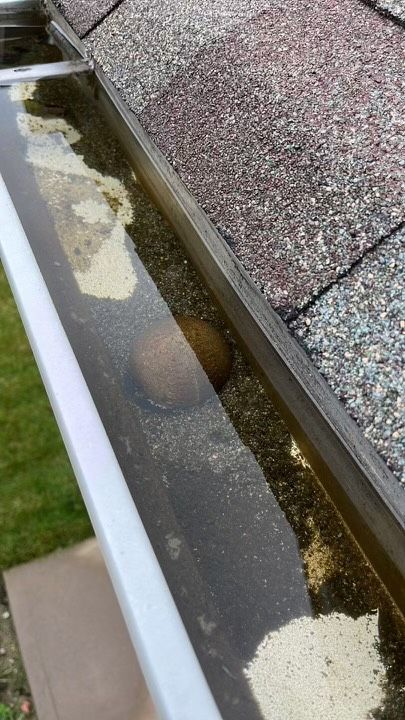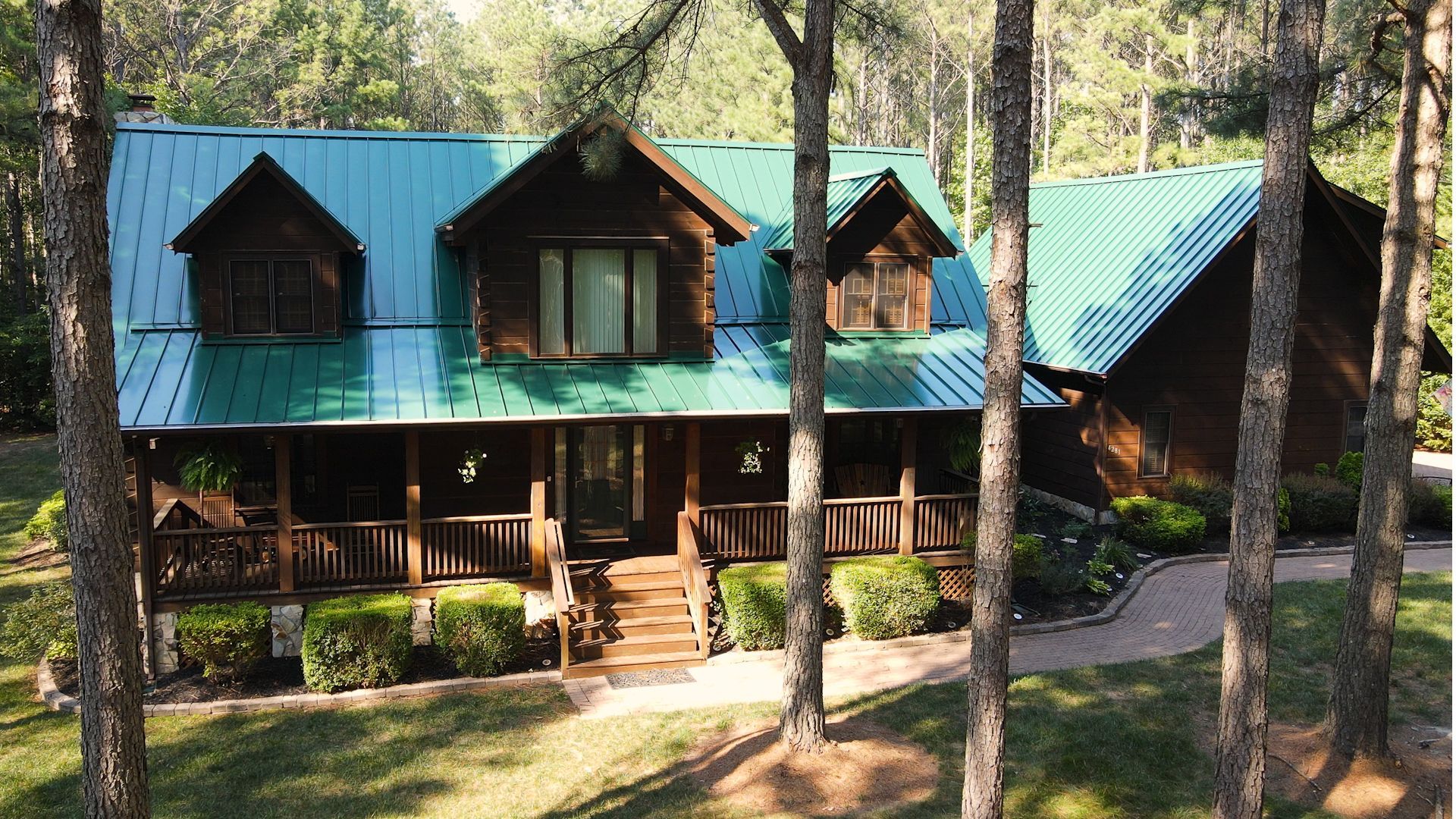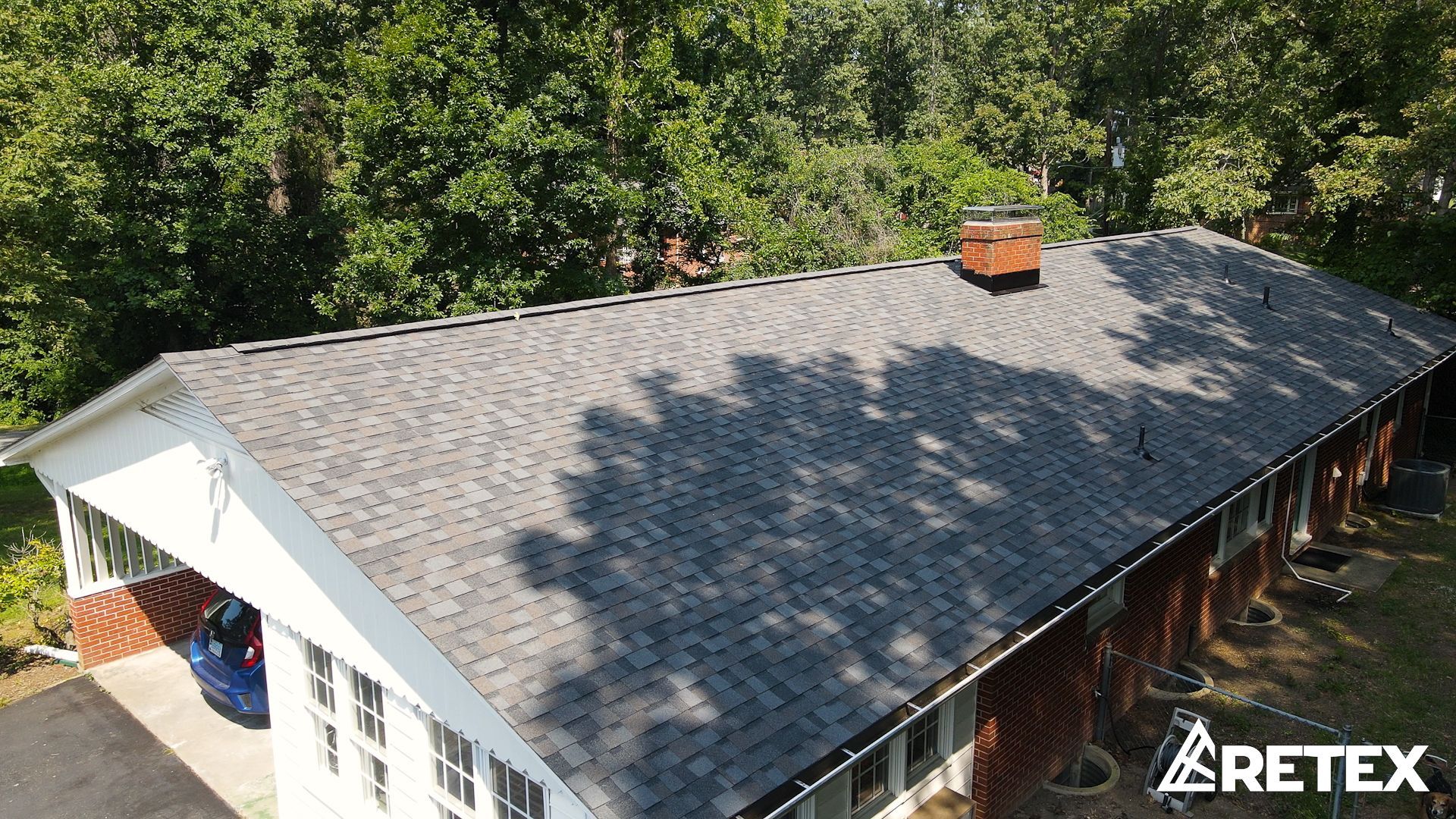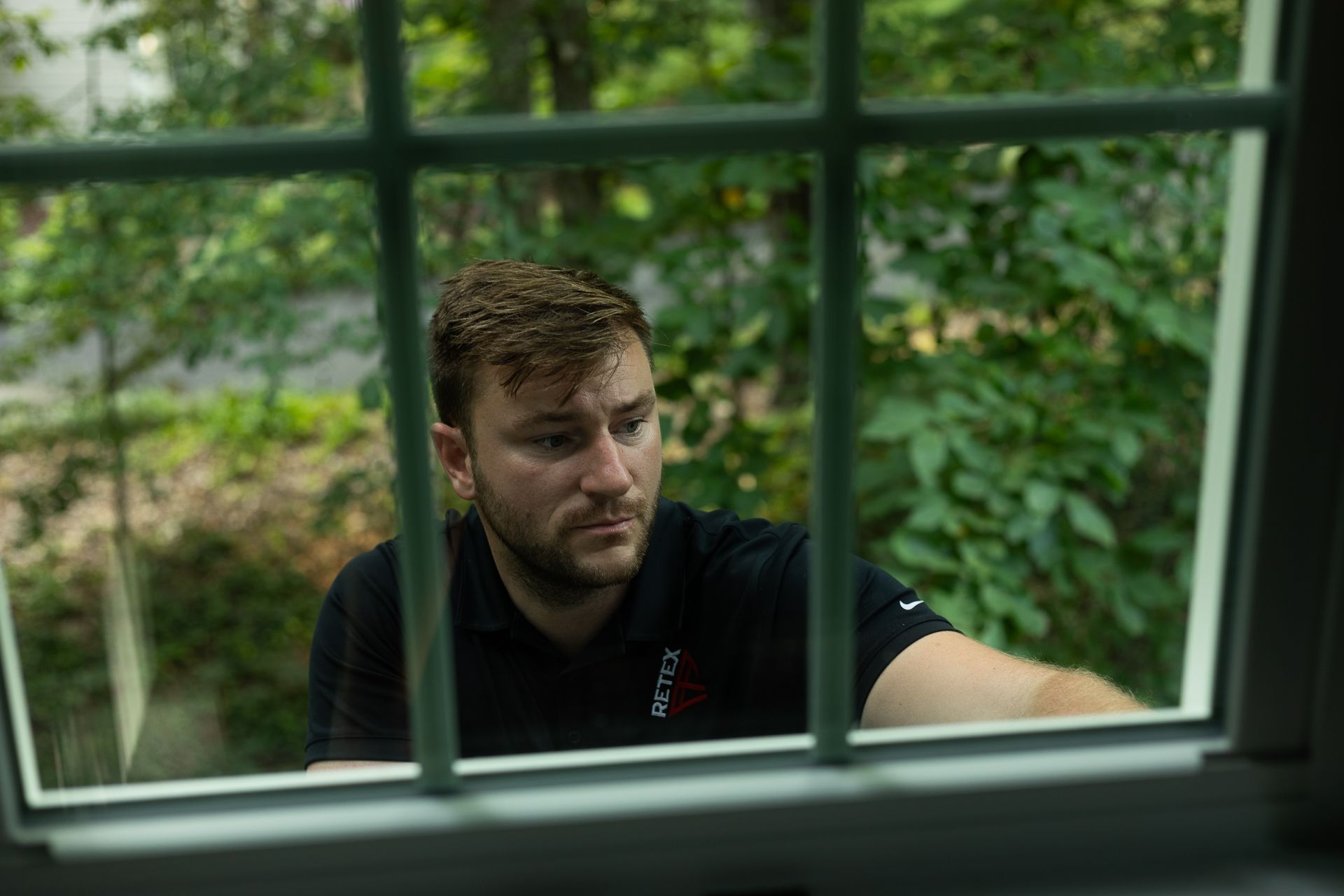Why You Shouldn't Re-Roof Over An Old Roof
Layering a new roof on top of an old one is a bad idea.
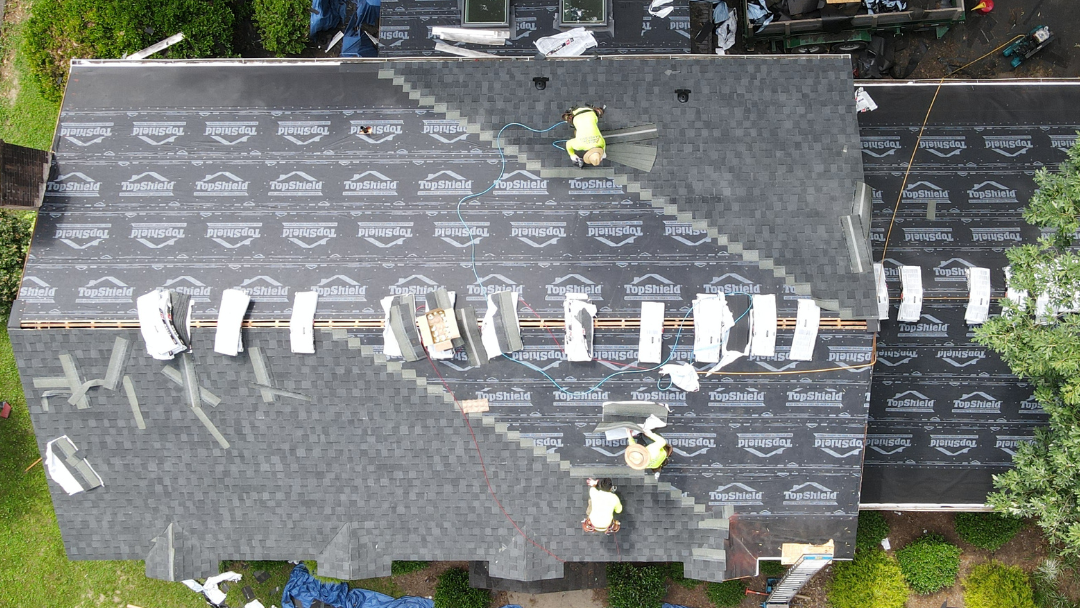
The backstory: While we take the term “re-roofing” to mean out with the old and in with the new, other companies will install a whole new roof on top of an old one.
So why don’t we do that?
Well, one, we have a conscience, and we want to do what’s best for our homeowners.
But here are six other reasons why we advise homeowners not to stick another layer on:
- Weight: Adding another layer of shingles adds weight to your roof structure, which could cause structural issues, especially if the existing roof framing isn't designed to handle it.
- Hidden Damage: Overlaying shingles can hide problems with the underlying roof deck, such as rot, water damage, or poor ventilation. This can lead to more severe issues down the line.
- Shorter Lifespan: The new layer may not last as long as it would if installed directly on the roof deck because it doesn't adhere as well to the uneven surface of the old shingles.
- Insufficient Ventilation: Two layers of shingles can trap heat and moisture, reducing the effectiveness of roof ventilation, which can accelerate the aging process of the new shingles and lead to mold or mildew growth.
- Voiding Warranty: Many shingle manufacturers' warranties are voided if the shingles are installed over an existing layer.
- Cost of Future Repairs: When the time comes to replace the roof again, you'll have to remove both layers, which can increase labor costs.
While some local building codes allow for a second layer of shingles, it’s generally better to remove the old roof before installing the new one. This ensures a longer-lasting, more reliable roof.
If you or someone you know wants an estimate for their roof, siding, windows, or gutters, give us a call at 804-258-6300 to schedule a complimentary appointment.

